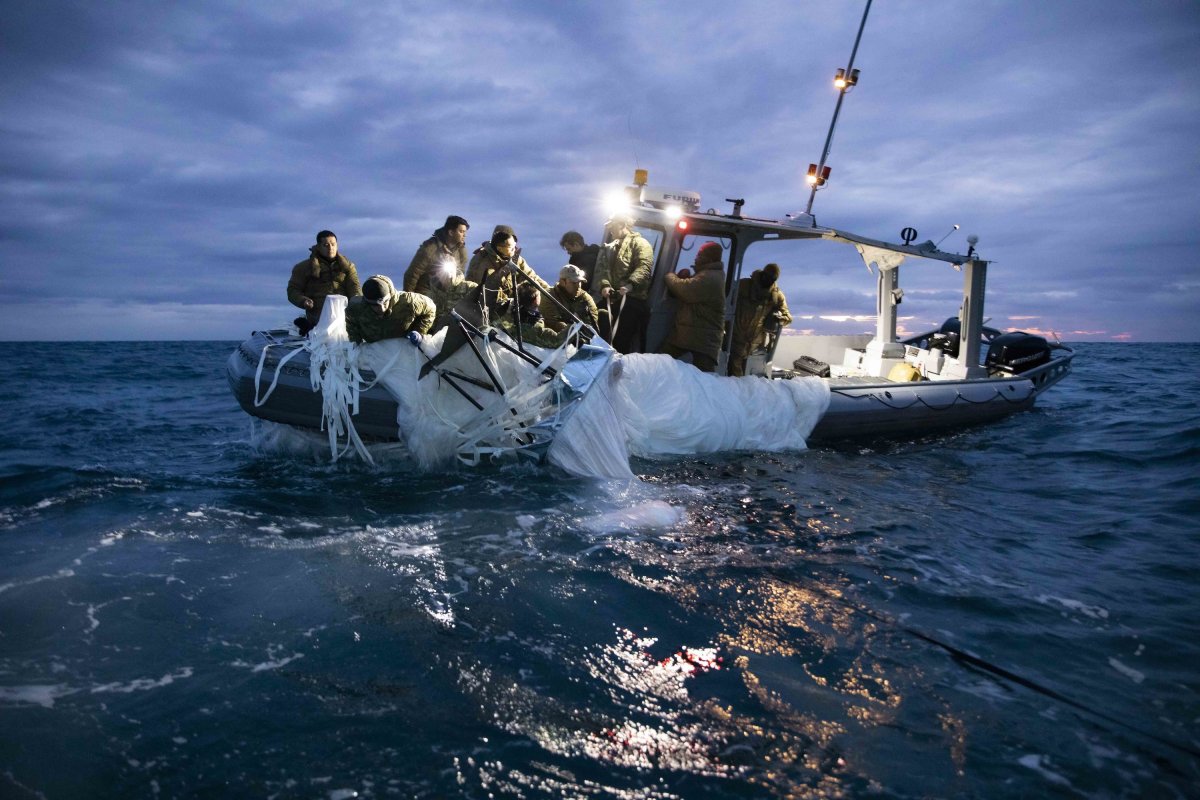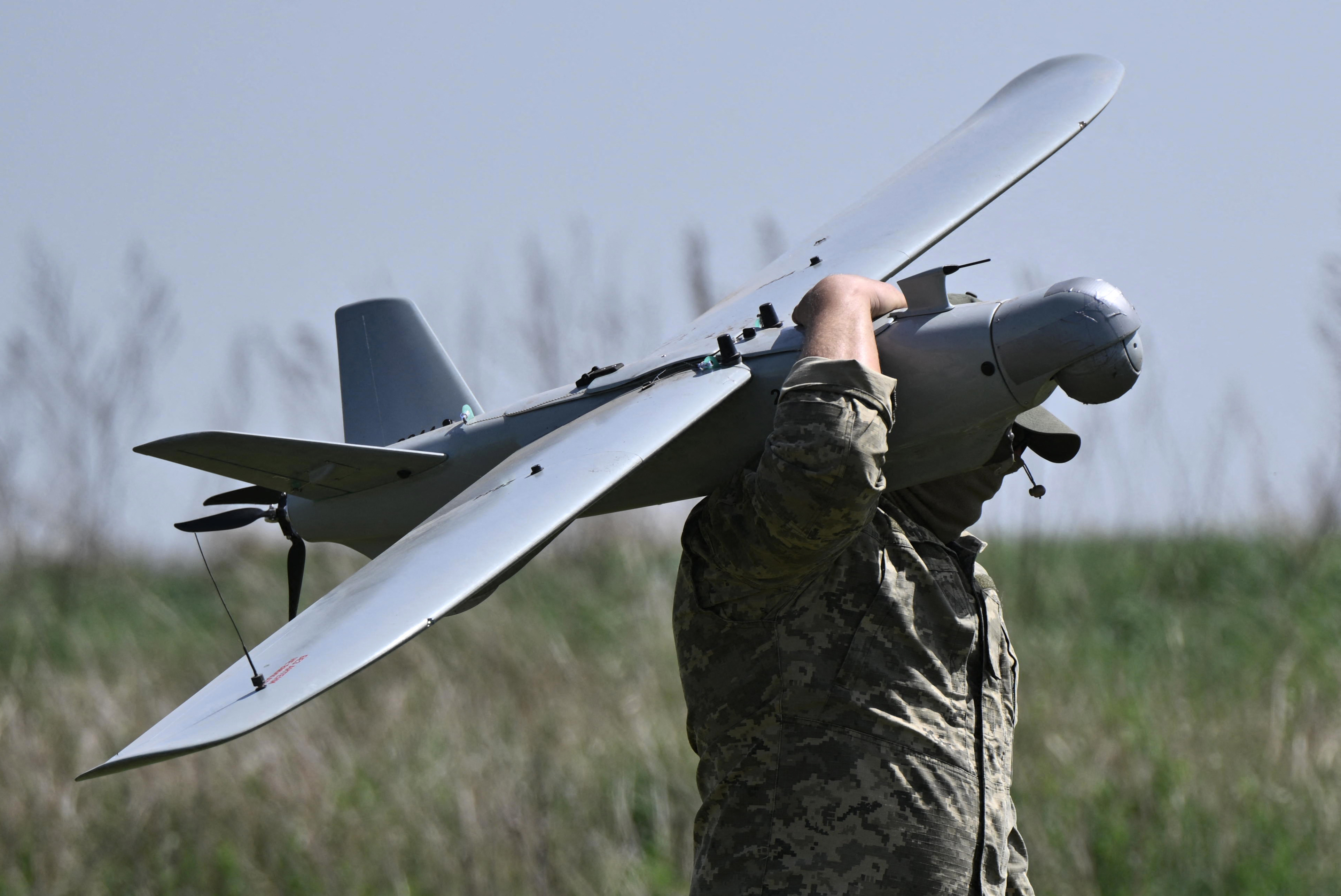On May 28, 1987, a barely trained 18-year-old West German pilot named Mathias Rust flew a small Cessna F172P aircraft across northern Europe. After reaching Helsinki, Finland, he headed southeast, across the Iron Curtain and into Soviet airspace. Soviet authorities immediately identified his aircraft but did nothing to stop his flight. Monitored at every turn by military radar, surface-to-air missile batteries, interceptor fighter jets, and civilian air traffic control, Rust flew more than 500 miles to Moscow, which was surrounded by concentric lines of air defense fit for the capital of a mighty empire.
Originally intending to land within the walls of the Kremlin, Rust reasoned that he would be apprehended quickly and that all trace of his exploit would be suppressed. Instead, he circled the capital in plain view of its millions of inhabitants and approached neighboring Red Square. Red Square was filled with people, however, so he again circled Moscow before landing on nearby Bolshoi Moskvoretsky Bridge, which was closed for repairs and free of traffic. Upon touchdown, Rust started chatting with the curious local citizenry, who were astonished that a Western pilot could accomplish such a stunt in the face of Soviet military might. The Moscow police did not arrive to arrest him for two hours, eventually charging Rust with violations of Soviet immigration and aviation law, as well as "hooliganism," a peculiar Soviet category that roughly approximated disturbing the peace.
Rust was sentenced to four years in a labor camp—of which he served 14 months in the Moscow's maximum-security Lefortovo prison—but his flight caused shockwaves that shook the Soviet military establishment. Soviet defense minister Sergei Sokolov and air defense commander Aleksandr Koldunov were fired, despite stellar service records going back to World War II. Hundreds of lower-ranking officers were also cashiered, in the greatest turnover of Soviet military personnel since Josef Stalin's purges in the 1930s. General William Odom, a top U.S. Army Soviet expert and Reagan administration National Security Agency director, identified the incident in his award-winning 1998 book The Collapse of the Soviet Military as an irreparable blight on the reputation of the USSR's foundering war machine. Soviet leader Mikhail Gorbachev pointed to it to justify accelerating his program of reforms, which became radically more ambitious thereafter.

Fast forward 36 years, and another sclerotic empire's air defense systems stood powerless at the sight of an airborne foreign intruder. This time the flight—a high-altitude Chinese balloon—was unmanned, but its purposes appear to have been decidedly military. It appeared over Alaska on January 28 and over the next six days crossed Western Canada and most of the contiguous United States on a six-day tour that U.S. air defense systems likewise monitored powerlessly. Debate rages about the significance of the balloon, which China insists—less than convincingly—was meteorological. Some especially slavish Washington analysts have endorsed the Chinese view, but most American observers agree it is at least possible that the balloon could have detected features of North American defense systems that would elude orbital satellites.
We may never know what the balloon transmitted back to China. Indeed, we would likely never have known about it at all had local newspapers in Montana and Kansas not reported sightings of the balloon by worried citizens. The only official reaction was for U.S. Secretary of State Antony Blinken to postpone a planned trip to Beijing. Even this weak response elicited jeers from those happy to accommodate China's rise. Others tried to cover up President Joe Biden's clear ineptitude by suggesting that the U.S. military had no safe or effective way to shoot down an inflatable device over land.
Facing massive criticism, Biden only ordered the balloon's elimination after it had finished its historic journey. On February 4, an F-22 Raptor fighter jet shot it down with a single AIM-9 Sidewinder missile—a class of weapon in service since 1956—in U.S. territorial waters off the South Carolina coast. Navy divers have recovered some debris, though local authorities have urged coastal residents to turn in anything that may wash up on their shores.
Unlike their Soviet counterparts in 1987, no U.S. officials have lost or are likely to lose their jobs over this massive oversight. After the catastrophic withdrawal from Afghanistan in 2021, this is only to be expected from self-regarding elites protected from virtually any form of accountability, who can enjoy their role of polite and orderly caretakers of American decline as long as they embrace progressive ideology. Mikhail Gorbachev believed his country deserved better. Joe Biden does not. Indeed, he is part of the problem.
Paul du Quenoy is President of the Palm Beach Freedom Institute.
The views expressed in this article are the writer's own.
Uncommon Knowledge
Newsweek is committed to challenging conventional wisdom and finding connections in the search for common ground.
Newsweek is committed to challenging conventional wisdom and finding connections in the search for common ground.
About the writer
To read how Newsweek uses AI as a newsroom tool, Click here.






